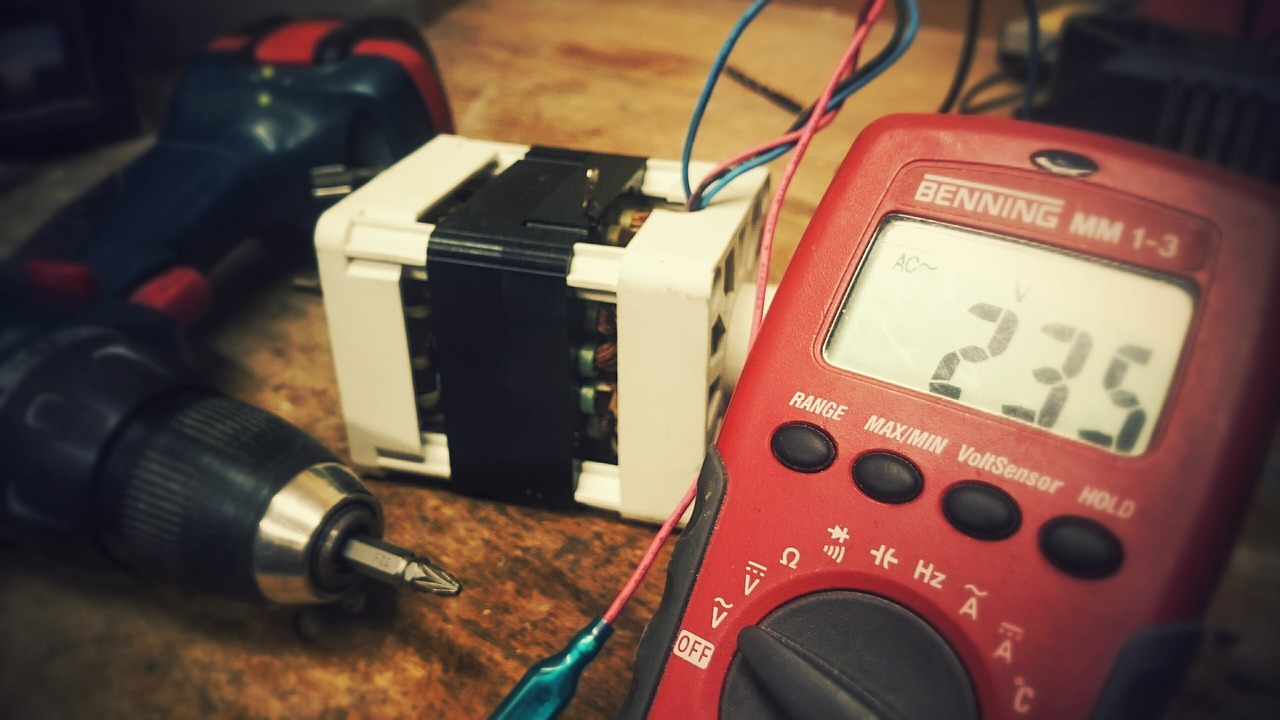The tunze pump is very low voltage.
Lamp cord from the hardware store will work just fine. Color coding doesn't matter in this case. Just twist them together, add a wire nut, some black tape, then put the other ends into the connectors(after you strip them). '
Easy peasy.
Lamp cord from the hardware store will work just fine. Color coding doesn't matter in this case. Just twist them together, add a wire nut, some black tape, then put the other ends into the connectors(after you strip them). '
Easy peasy.




















